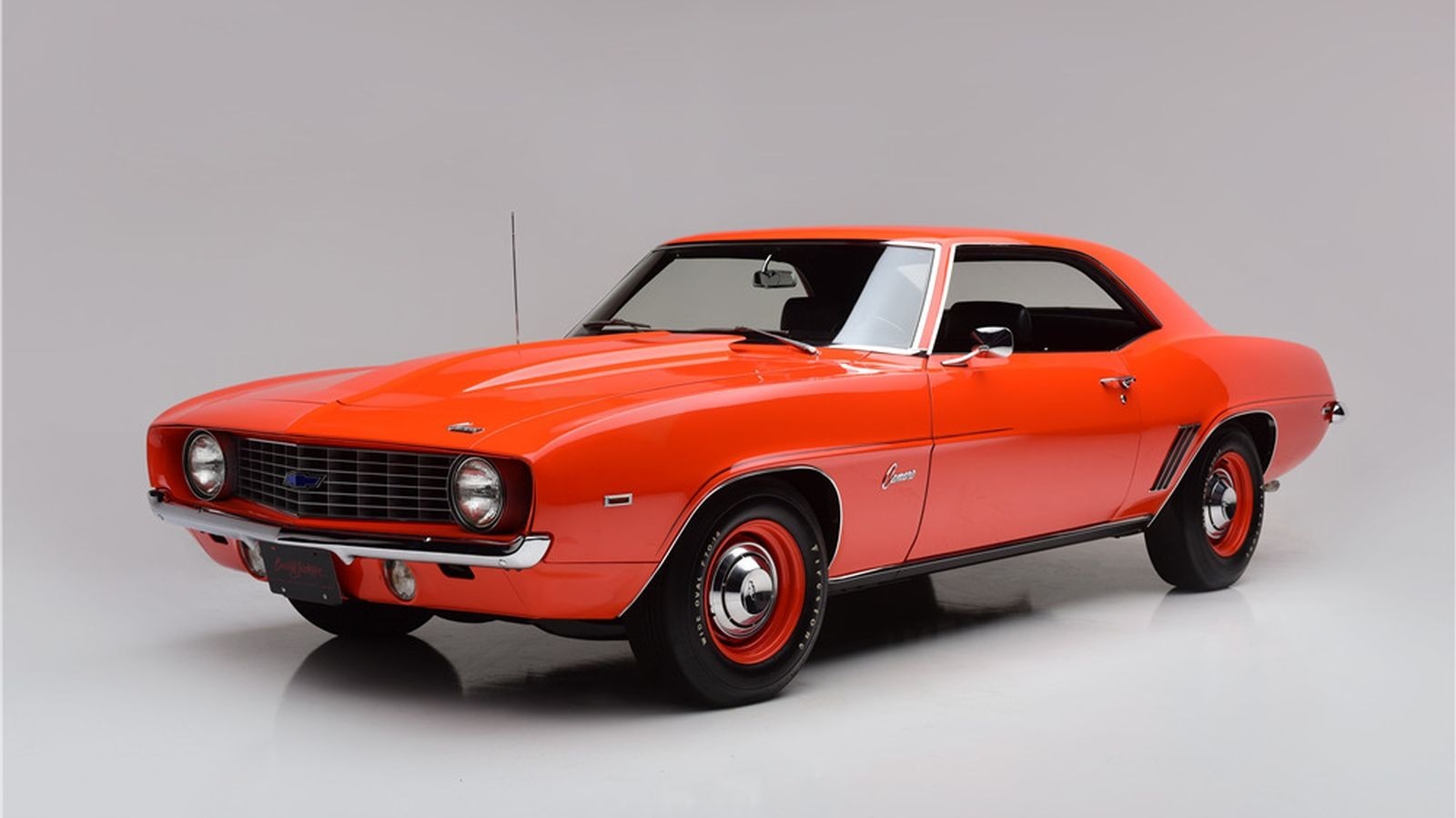
By all accounts, Gibb was looking for a way to one-up his competition on the NHRA drag strip. But first, he had to find a way to get around the association’s homologation requirement that an automaker builds at least 50 cars before it could be used on the circuit. Meanwhile, GM had an internal decree that all passenger cars smaller than full-sized sedans couldn’t have engines larger than 400 cubic inches. What to do?
In 1969, Gibb tried something audacious and used COPO to order Camaros with the internal 9560 package designation, which included a ZL1 427-ci big aluminum block (and heads) V8 engine under the hood — the same one used in NASCAR. It was about 100 pounds lighter than the standard Camaro 396 engine and definitely more powerful, “officially” kicking out 430 horsepower at 5,200 rpm. However, according to some, it could generate 550 horsepower at 6,500 rpm (via Chevrolet) when appropriately tuned. Gibb’s order was approved by none other than Chevy’s product manager, Vince Piggins. The car was wholly street-legal and, even more bizarrely, came with a 5-year/50,000-mile warranty.
Details are hazy on exactly how many COPO Camaros Gibb ordered. According to Chevy, he ordered 13 for himself, plus 37 more to trade off or sell to other dealers. Other accounts say he actually only took possession of 30, spending some $216,000 (not including tax) of his own money on the “bet” that he could offload the rest. After selling only 13 of them, Gibb faced potential bankruptcy and convinced Chevy to move the rest to other dealers in the network (via Barret-Jackson).
Stay connected with us on social media platform for instant update click here to join our Twitter, & Facebook
We are now on Telegram. Click here to join our channel (@TechiUpdate) and stay updated with the latest Technology headlines.
For all the latest Automobiles News Click Here
